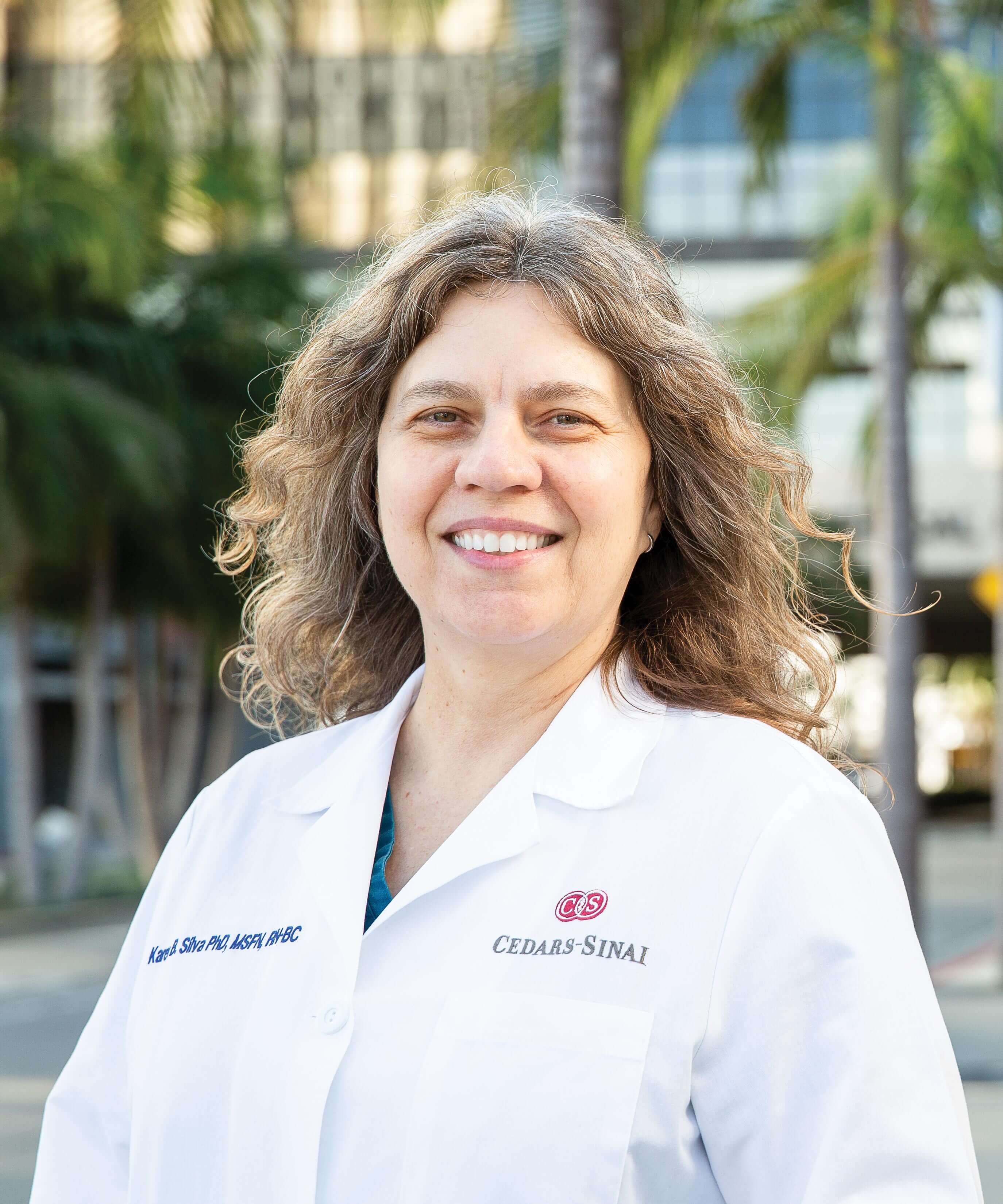
Stopping Traffic
As Karen Silva ’00M learned more about human trafficking, she came to the realization that this form of modern-day slavery was happening everywhere around her. Silva came to the U.S. as a nurse from Brazil—a country with high rates of sex and labor trafficking—at the age of 24. Now, nearly 30 years later, she has made it her personal mission to train hospital staff to recognize the signs of human trafficking and help aid the victims.
“Human trafficking has unfortunately become more common because it’s a very profitable criminal business,” says Silva, who today is an education program coordinator and instructor of psychiatry at Cedars-Sinai Medical Center in Los Angeles. “A lot of criminals are letting go of drug trafficking and going into human trafficking because they can use the same commodity over and over, unlike with drugs.”
Thousands of human trafficking cases are reported in the U.S. each year, but since victims rarely come forward to seek help, many more cases go unnoticed. Victims are hidden in plain sight at nightclubs, truck stops, factories, and farms. Anyone can fall prey to traffickers, regardless of a person’s race, gender, citizenship, or age. However, certain states like Texas, Florida, and Silva’s home state of California suffer from higher rates of human trafficking.
“Here in California, we have one of the highest rates of human trafficking in the U.S.,” says Silva. “It is a border state, and there’s Hollywood of course, so a lot of young people come here to pursue their dreams and fall into the traps of traffickers, who lure them in with false promises of work or educational opportunities.”
Health care practitioners—in particular those who work in emergency departments—are well-positioned to identify and assist victims. A 2014 study found that 88 percent of sex trafficking survivors had some contact with health care professionals while being trafficked.
Since 2017, Silva and a team that includes a lawyer, social workers, and other nurses, have trained almost 600 Cedars-Sinai staff members on how to recognize signs of human trafficking. Silva’s team gives lectures that include background information on the issue, such as different types of human trafficking and how traffickers lure victims and keep them trapped. The team also presents common behavioral and physical indications to watch for that might show someone is being trafficked: certain injuries, tattoos or brands, implanted chips, inappropriate clothing, and someone else speaking for the person seeking care.
Despite being less than two years old, the initiative has already raised awareness and helped victims.
“This year, staff members at Cedars-Sinai were able to detect 20 victims of human trafficking—and 10 of them accepted help,” says Silva, who received her M.S. in nursing and her post-master’s certificate in forensic nursing at Monmouth University.
In addition, she holds a doctorate in psychology and says her “day job” at the hospital involves teaching other nurses how to work with particularly vulnerable patients. Silva responds to psychiatric emergencies in the hospital, works side-by-side with nurses at the patient’s bedside, works on ways to prevent patient falls, and troubleshoots problems in the care unit.
“I’m a jack of all trades, and my job is not limited to one or two things,” she says. “But this project on human trafficking education is going to go on forever. I think the issue is that important.”